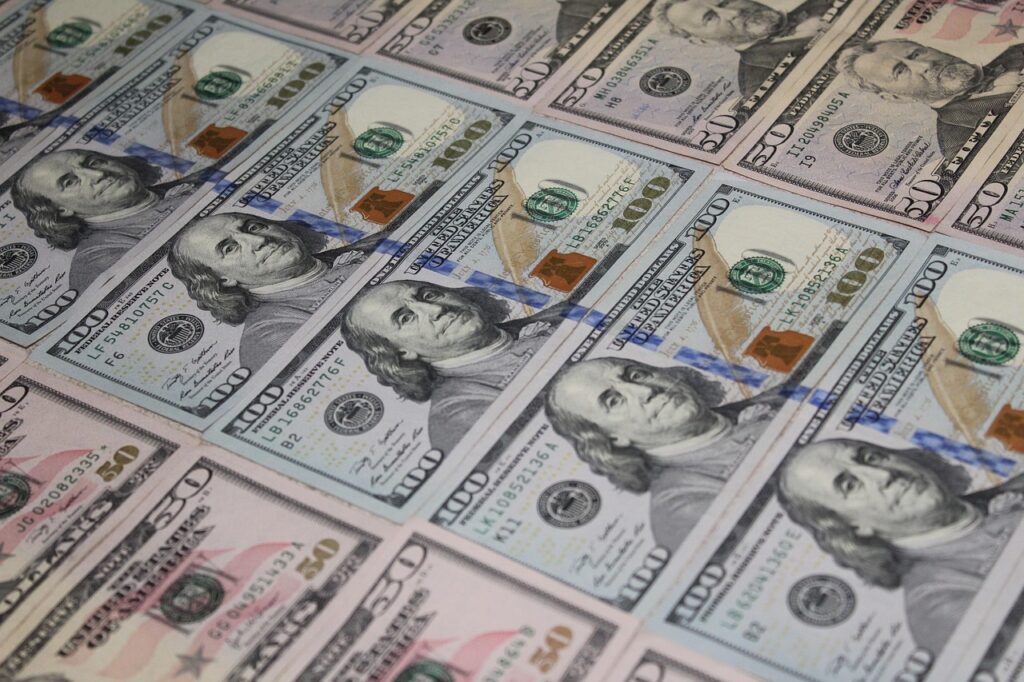Student Loan Forgiveness Updates 2025
Current Student Debt Relief Information 2025: The Ultimate Guide to Repaying Student Debt

Student debt will continue to be a significant financial burden for millions of Americans in 2025. With the rising cost of higher education and changing federal policies, it’s important to know the latest information about student debt relief.
Whether you’re a recent graduate or still struggling with existing debt, this guide provides you with the most up-to-date information on student debt relief programs, eligibility criteria, the application process, and the outlook.
Student Debt Levels 2025
In 2025, approximately 45 million Americans had total student debt of over $1.7 trillion. This debt burden impacts financial stability, homeownership opportunities, and retirement planning.
Policymakers are aware of these challenges and have introduced several initiatives to write off student loans that are designed to provide relief and promote economic growth.
Current Legislative and Executive Actions in 2025
- Expanding Government Student Loan Forgiveness Programs
In 2025, the U.S. government expanded several existing student loan forgiveness programs and made them more accessible:
Public Sector Student Loan Forgiveness (PSLF): Now offers an extended eligibility period and simplified application processes for public and nonprofit borrowers.
Income-Driven Repayment (IDR) Forgiveness: Borrowers on income-driven repayment plans are now eligible for forgiveness after 20 years of repayment (previously 25 years) and benefit from a more transparent process.
- New Student Debt Relief Legislation
The Student Debt Relief Act of 2025, passed by Congress, introduces new provisions:
Up to $20,000 in student loan forgiveness for borrowers with annual incomes of less than $75,000.
Targeted student loan forgiveness for students at community colleges and minority institutions.
One-time student loan forgiveness for borrowers impacted by the COVID-19 pandemic.
- Executive Orders and Administrative Actions
The Biden administration has issued executive orders with the following goals:
Simplify the debt relief application process through simplified online portals.
Reduce administrative barriers for borrowers applying for debt relief.
Increase outreach to underserved communities to raise awareness of available programs.
How Student Loan Forgiveness Works in 2025
Types of Student Loan Forgiveness
Public Service Student Loan Forgiveness (PSLF): Forgiveness of remaining debt after 120 qualifying payments while working in the public sector.
Income-Based Repayment (IDR): Forgiveness of remaining debt after 20 or 25 years, depending on the plan.
Teacher Loan Forgiveness: Up to $17,500 for teachers who work in low-income schools for five consecutive years.
Total and Permanent Disability Forgiveness: Debt forgiveness for borrowers with permanent disabilities.
COVID-19-Related Assistance: Temporary debt forgiveness programs implemented during the pandemic.
Eligibility in 2025
Eligibility varies by program, but the general criteria are:
Employment in PSLF-eligible public service.
Participation in approved repayment plans such as REPAYE, PAYE, or IBR.
Consistent payment history and compliance with program requirements.
Income limits for targeted debt relief initiatives.
Disability status verified by medical certificate.
Step-by-step guide to applying for student loan forgiveness in 2025
- Check your loan type and status.
Determine whether the loan is federal or private, as federal loans are generally forgiven.
- Determine your eligibility.
Review the specific program requirements based on your employment, income, and loan type. - Gather the necessary documentation.
Prepare employer statements, proof of income, and payment history. - Submit your application.
Use the Department of Education’s official portals or contact your lender for information on the application process. - Follow up and confirm.
Ensure your application is processed and save all correspondence.
Benefits of Student Loan Forgiveness in 2025
Financial Relief: Significantly reduce or eliminate debt.
Improved Credit Score: Paying off or reducing debt improves your credit score.
Increased economic mobility: Now that borrowers are debt-free, they can invest in housing, savings, and startups.
Public sector support: Promotes careers in key sectors such as education, healthcare, and the public sector.
Challenges and criticisms
While student loan forgiveness offers many benefits, it also brings challenges:
Potential for increased borrowing: Critics argue that forgiveness could encourage future borrowing without addressing the underlying causes.
Budget concerns: Large-scale debt relief programs require significant federal funding.
Equity concerns: Not all borrowers are eligible, raising questions about fairness.
Impact on tuition: Some argue that debt relief does not directly reduce college costs.
Future prospects: What does the future hold for student loan forgiveness?
Looking ahead, policymakers continue to discuss and refine strategies for student loan forgiveness. Expected by 2025:
Additional legislative proposals to make forgiveness more inclusive.
Potential expansion of income-based repayment plans.
Innovations in repayment systems that leverage technology for easier administration.
Ongoing discussions on free community college and initiatives to reduce tuition fees.
Tips for maximizing your student loan forgiveness
Stay informed: Regularly check the latest developments from the Department of Education.
Registration: Keep records of your employment, payments, and communications.
Pay back on time: Make sure you meet all program requirements.
Consult a financial advisor: Tailor your strategies to your financial situation.
Research state and employer programs: Some states and employers offer additional student loan forgiveness options.
Frequently Asked Questions
Question 1: Who is eligible for student loan forgiveness in 2025? A: Eligibility varies by program, but generally includes federal borrowers who work in the public sector, meet certain income limits, or have a disability.
Question 2: How long does it take to get student loans forgiven?
A: The processing time can range from several months to more than a year, depending on the program and how complete the application is.
Question 3: Can private student loans be forgiven?
A: Most federal student loan forgiveness programs do not cover private loans. Ask your lender for specific options.
Question 4: Can I apply for multiple student loan forgiveness programs?
A: Yes, as long as you meet the eligibility criteria for each program. However, make sure you meet all requirements before applying.
Question 5: Is student loan forgiveness taxable? A: In most cases, federal student loan forgiveness is not considered taxable income. However, you should still consult a tax advisor for individual advice.
Conclusion

Student loan forgiveness will remain a key tool for easing the financial burden of higher education in 2025.
Thanks to expanded programs, new legislation, and administrative efforts, borrowers have more options than ever to get their debt forgiven.
Staying informed, understanding the requirements, and proactively managing your loans can help you navigate the complex student loan landscape in 2025 and beyond.
Remember: Your path to student loan forgiveness starts with understanding your options. Take advantage of available resources and plan strategically.